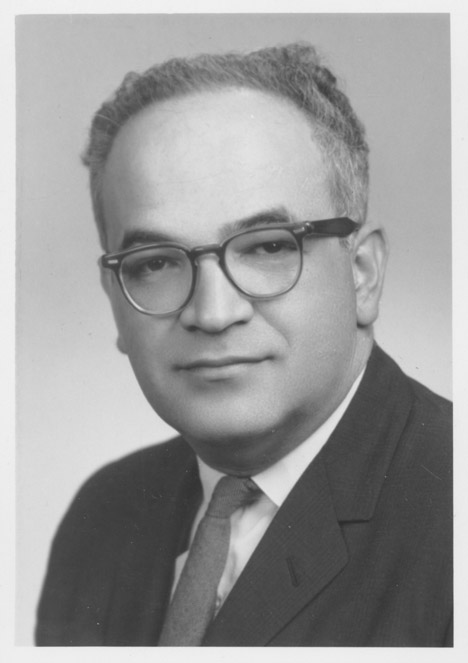Gretchen Holbrook Gerzina Collection of Victorian Children's Literature
Gretchen Holbrook Gerzina, Paul Murray Kendall Chair in Biography and Professor of English at UMass Amherst and former dean of Commonwealth Honors College, is known for her biographies, including those of Dora Carrington and Frances Hodgson Burnett; her scholarship and writing on Black Britain; and the acclaimed Mr. and Mrs. Prince: How an Extraordinary Eighteenth-Century Family Moved Out of Slavery and Into Legend. Host for fifteen years of public radio’s nationally syndicated program “The Book Show” (1997-2012), Gerzina is not only an accomplished scholar but also an avid reader and collector of books. Her rich collection of children’s literature–Victorian in spirit if not always in vintage–contains the foremost collection in any hands of books by and about Burnett.
The Gerzina Collection of Victorian Children’s Literature currently comprises the Burnett books, with additions to the collection expected.








